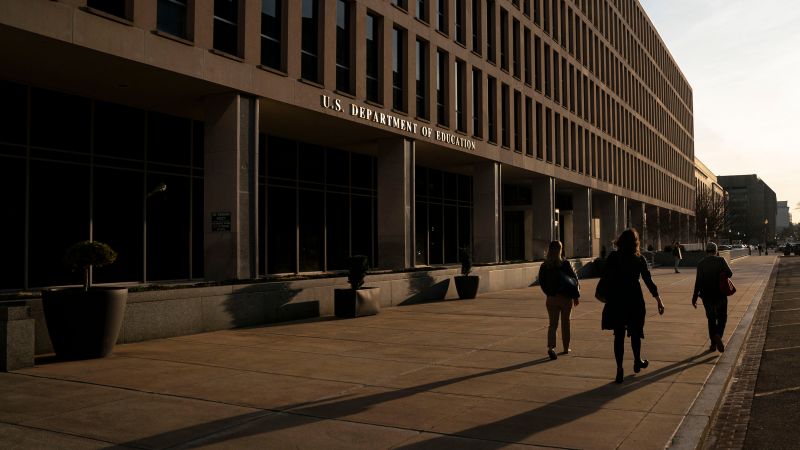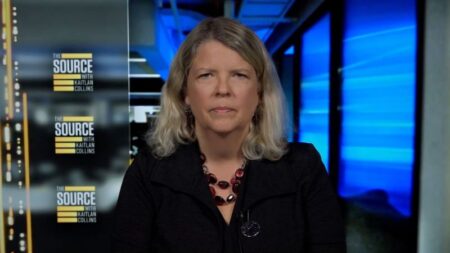In a stark illustration of the impact of governmental policy on individual lives, a distressing episode unfolded during Easter Sunday when an Internal Revenue Service (IRS) agent from Atlanta found herself in a dire situation. While driving her son to the hospital due to a severe allergic reaction, the agent faced an additional concerning issue—she had no health insurance. Her health coverage had not been reinstated following her reinstatement to her job at the IRS, after having been previously terminated during a wave of federal layoffs initiated by the Trump administration.
The agent revealed in interviews with CNN that she headed straight to the emergency room despite knowing her insurance status. “At that point, you’re not thinking about health insurance,” she recounted. After undergoing the emergency services, she was subsequently hit with a staggering bill of $3,300 for the visit. It took her two extensive months and numerous frustrating calls to customer service to restore her health insurance, highlighting the bureaucratic quagmire faced by many federal employees during this tumultuous period.
This IRS agent’s plight is not an isolated case; it exemplifies the widespread struggles of numerous federal employees navigating the aftermath of rapid workforce reductions, as detailed in interviews conducted by CNN with over a dozen affected workers. These individuals have reported a chaotic and inefficient environment within the human resources departments, which have been severely depleted as a result of government downsizing efforts. The uncertainty and confusion surrounding benefits, particularly health insurance and pensions, have created a challenging atmosphere for employees trying to adapt to the changes implemented by Prime Donald Trump.
A particularly vulnerable demographic within this turmoil consists of what the article refers to as “probationary” employees. This group, having been dismissed en masse in February, was later reinstated by federal judges. While they welcomed their reinstatement, the abrupt changes left many of their benefits, including health insurance, in disarray. A Department of Education employee, who faced hardships during the benefits limbo, expressed the emotional toll of the experience, stating, “There are no words to describe how difficult this has been.”
Despite numerous inquiries directed at the White House, official comments were sparse, leaving many affected employees scrambling for information. The cuts and reforms led by the administration, which included closures of agencies, forced retirements, incentivized layoffs, and the like, have left many in distressing situations. Such actions stirred a sense of anxiety and instability among those who found themselves deprived of essential services that directly impact their lives.
Moreover, testimonies from various federal employees painted a grim picture of the difficulties faced. One employee recounted how her husband’s health needs went unmet due to an absence of health coverage, resulting in complications from canceled appointments. Another employee shared her frustration regarding communication failures, highlighting that both her insurance provider and her employer provided conflicting information concerning her coverage status.
Additionally, the problem extends beyond health insurance to federal pensions as well. For instance, John Reid III, a retired postal worker, revealed his struggles with receiving pension benefits after the Social Security Administration mistakenly declared him deceased. Reid, who had worked for more than thirty years, expressed disappointment with the government’s inadequacies when the Office of Personnel Management (OPM) was unable to assist him due to staff shortages, a recurrent theme echoed by many others in similar predicaments.
As these stories unfold, they reveal an overarching culture of uncertainty among federal employees. The lack of timely communication and support, combined with layoffs and bureaucratic errors, has left many feeling abandoned and vulnerable. They contemplate their financial stability and, ultimately, their future, as they await the reinstatement of essential benefits critical to their welfare and livelihood.
In conclusion, the experiences of these federal employees shine a light on the broader implications of government restructuring and the real hardships that result from administrative decisions. The current socio-political climate, influenced by the administration’s push for efficiency and reduction of workforce size, has elicited both anxiety and confusion, leading many families to navigate a precarious landscape of health care, employment, and overall security.










